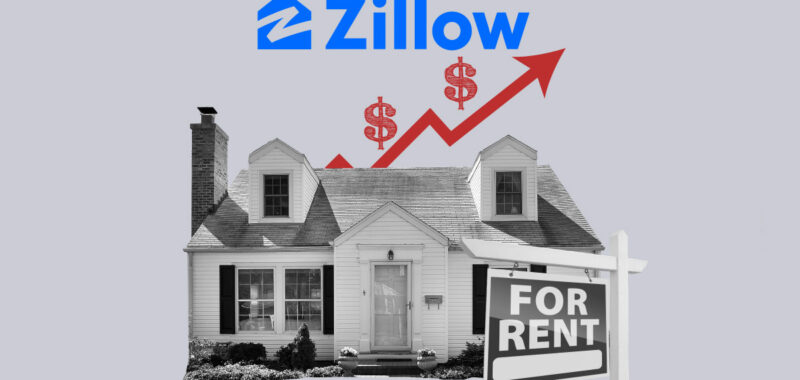While stubbornly high mortgage rates are keeping a lid on buyer demand and home value growth, and a response from builders has kept multifamily rent growth stable for many months, rents for detached single-family homes continue to accelerate.
“Right now, more multifamily units are hitting the market than at any time in the past 50 years, but detached homes aren’t seeing the same surge in construction,” Zillow chief economist Skylar Olsen said in a statement.
“We’ve also got the large millennial generation wanting to move into a larger space. High and unpredictable mortgage rates and hefty down payments are pushing some to rent that lifestyle instead of buying it. Similarly discouraged, some homeowners may return to the market and sell to capitalize on record prices, rather than continue to wait for lower rates.”
The company noted that market conditions continue to be more favorable to renters than homebuyers. Concessions are one reason why. A record-high share of 41% of rental listings on Zillow last month included at least one concession, such as a month of free rent or free parking.
An ongoing lack of supply of homes for sale is also fueling demand for rental units, Zillow reported. But for-sale inventory is improving as the number of listings in December totaled nearly 1 million, the most for the final month of the year since 2019. For-sale listings are now 25% below their pre-pandemic averages — a much smaller gap compared to 37% in January 2024 and 51% in February 2022.
“More choices for buyers means less competition over the newly listed homes and softer price growth ahead,” Zillow explained in the report. “With any luck, the recent momentum of sellers returning to the housing market — some likely doubting that mortgage rates will drop anytime soon to improve their own buying situation — will continue to recover in the new year.”
At the metro level, the largest pricing gap between single-family rentals and apartments was in Salt Lake City, Utah, where the average SFR rent of $2,426 in December was 59% higher than the average apartment rent of $1,530. Denver (58%); Los Angeles (55%); Portland, Oregon (54%); and Providence, Rhode Island (54%) were next on the list.
Single-family rents rose on an annualized basis last month in each of the 50 largest metro areas, Zillow found. Hartford, Connecticut, led the way with growth of 7.7%, followed by St. Louis (+7.6%), Cleveland (+7.4%), Chicago (+6.8%) and Indianapolis (+6.6%).
Concessions have become much more common in the past year as 40.9% of rental listings in December 2024 included one, compared to 32.6% in December 2023. Concessions increased in 48 of 50 metro areas analyzed with the largest year-over-year growth in Denver (up 18.7 percentage points); Louisville, Kentucky (+18.6); Raleigh, North Carolina (+16.8); Indianapolis (+15.6); and Nashville (+14.9%).
Renter households are now spending 29.3% of their income on rent, compared to 26.9% in the pre-pandemic period. In cities like Austin, Minneapolis, St. Louis, Salt Lake City and Milwaukee, renters were spending roughly 20% of their income on housing. At the other end of the spectrum, renters in Miami, New York City, Los Angeles and San Diego were spending at least 33% of their income on housing.

